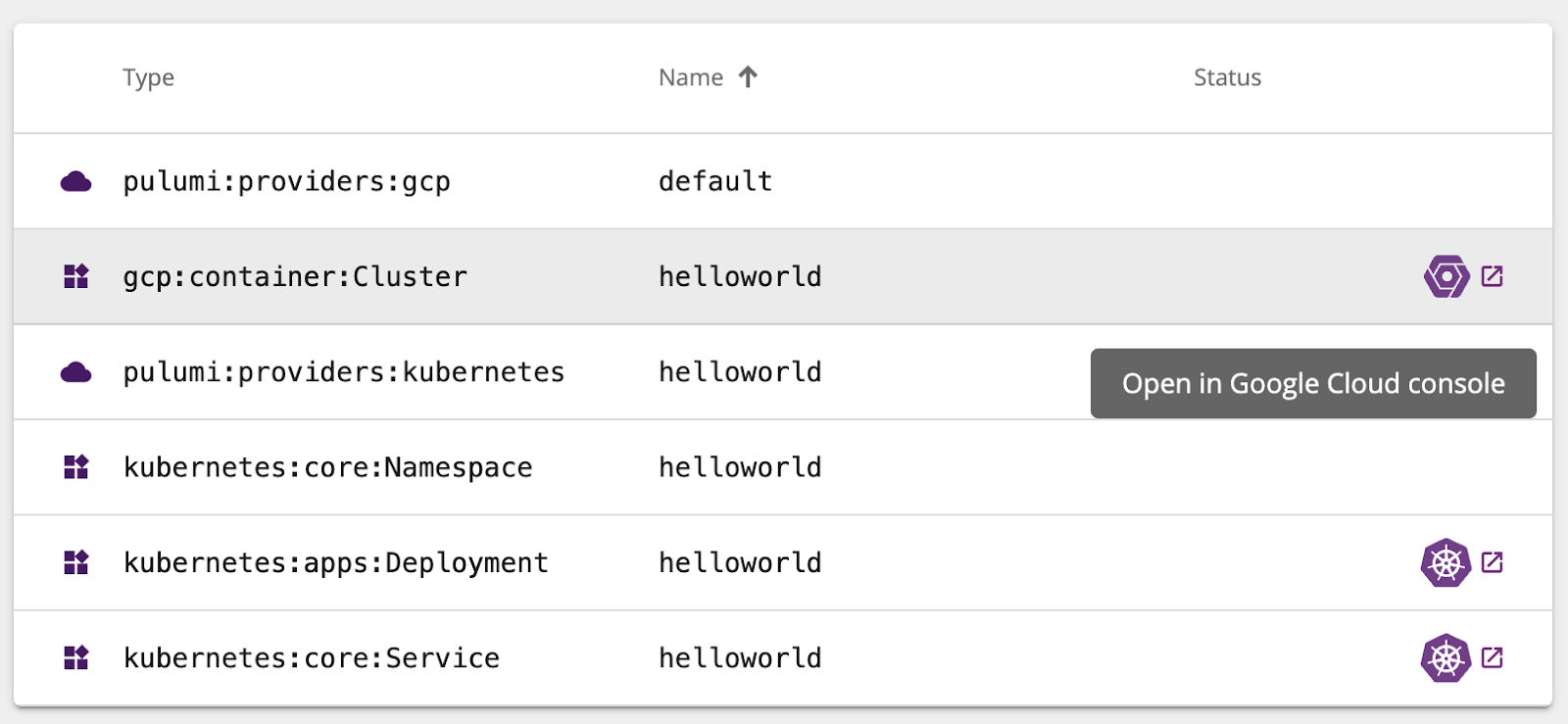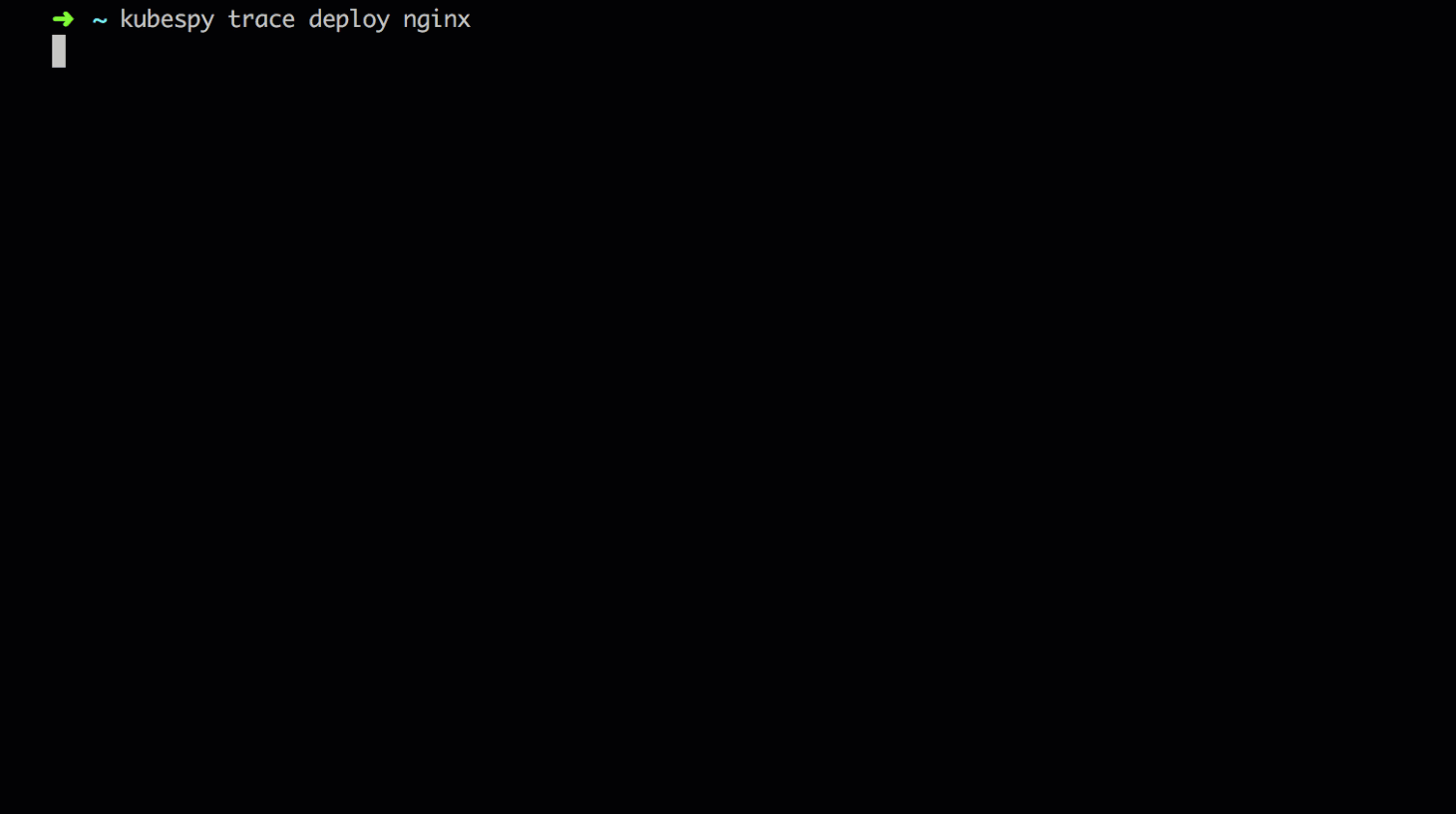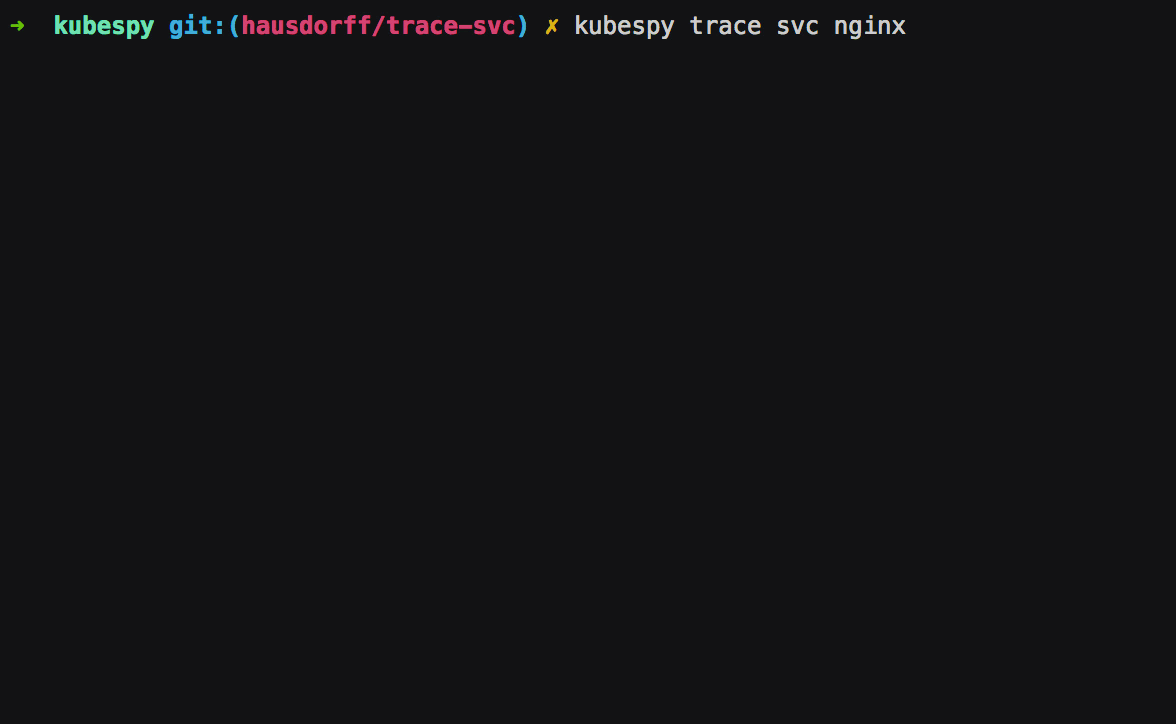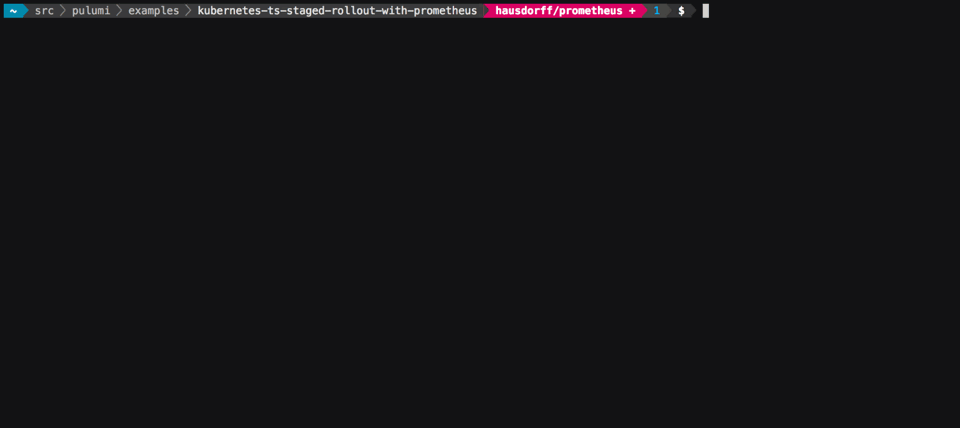Kubernetes RBAC in AWS EKS with open source Pulumi packages
One of the most common areas Kubernetes operators struggle with in production involves creating and managing role-based access control (RBAC). This is so daunting that RBAC is often not implemented, or implemented halfway, or the configuration becomes impossible to maintain.
Fortunately, Pulumi makes RBAC on Kuberenetes so easy that you’ll never create an insecure cluster again. In this post, we will contrast the traditional way of working with RBAC on EKS with using Pulumi.








